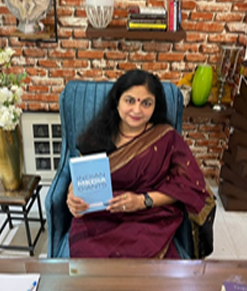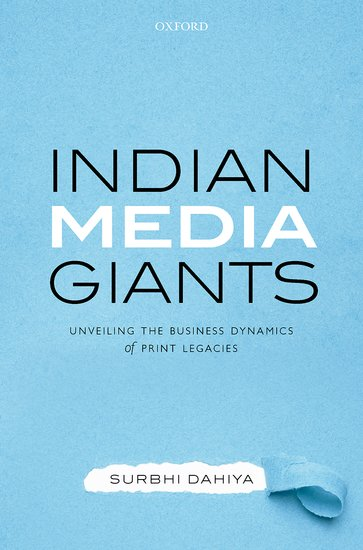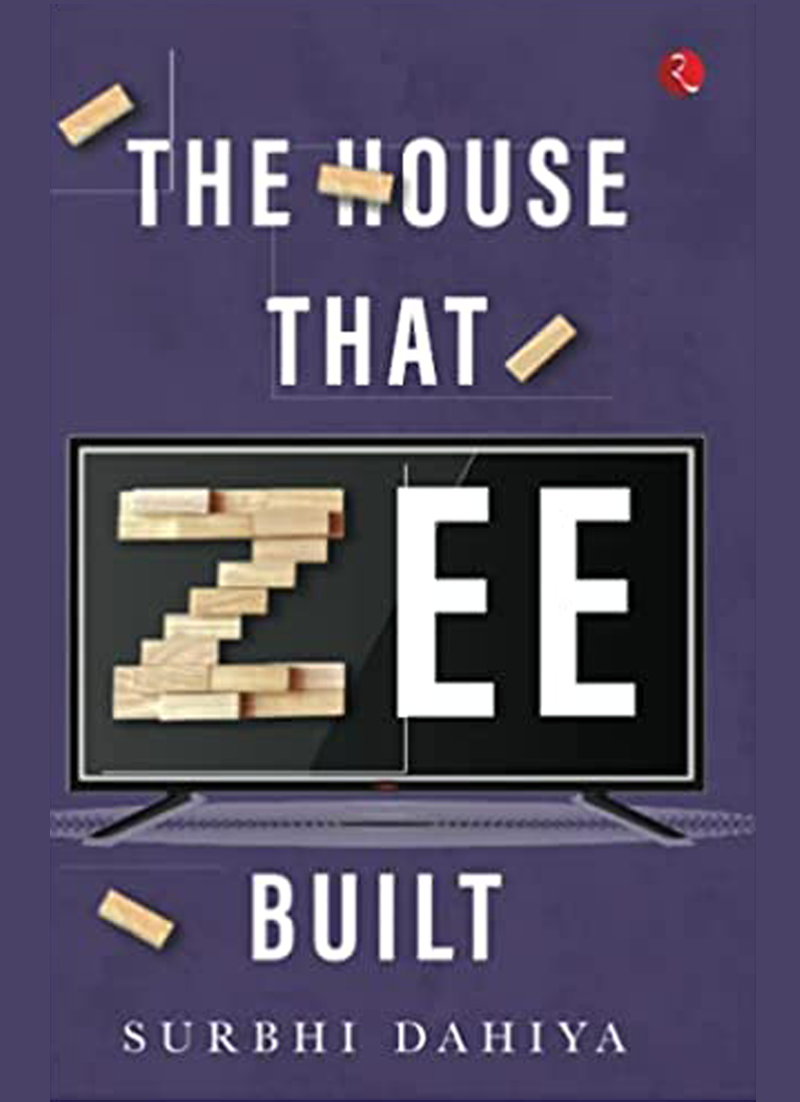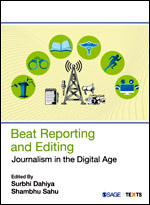New books by Prof. ( Dr.) Surbhi Dahiya, Indian Ambassador of IAMCR

Prof. (Dr.) Surbhi Dahiya, Professor of English Journalism at Indian Institute of Mass Communication (IIMC), Ministry of Information and Broadcasting, Government of India, published three books recently.
Dr. Dahiya is also the IAMCR Faculty Ambassador in India. Her books offer to the media educators fraternity and industry professionals an incisive and panoptic view and understanding of the Indian media conglomerates.
Her latest book, Indian Media Giants: Unveiling the Business Dynamics of Print Legacies, is an analytical chronicle of six Indian mega media conglomerates’ individual odyssey–from their humble, incipient beginnings in the pre-independence era to their transformation into powerful business empires in the digitized world. The book traces the metamorphosis of Indian media: from birth to the phase-wise contours of growth and development; the travails and trajectories; the organizational structures, editorial policies and business dynamics of major print media organizations in India, namely, The Times Group, The Hindu Group, The Hindustan Times Limited, The Indian Express Group, Dainik Jagran Limited, and DB Corp Limited.

Published by OUP in 2022 (ISBN–13 (print edition): 978–0–19–013262–0 )
Foreword by Prof. Graham Murdock, UK.; Preface by Prof Tim Vos, USA, Advance Comments by Media Barons Vineet Jain, Shobhana Bhartia, Viveck Goenka, Anant Goenka, N Ram, N Ravi, Sanjay Gupta, Sudhir Agarwal, Girish Agarwal , Pawan Agarwal, and by noted academicians and industry professionals
It unravels their understanding of the values of co-dependence, collaboration, and competition with their contemporaries. It is an untold story of how these organizations leapt over the perimeters of conventional greatness to achieve unmeasured success that spans the globe. The book analyzes how innovations have been brought in the management policies of these print businesses, with respect to production, distribution, and consumption, while accrediting the visionary leadership that drives each organization forward in its endeavors. What the case studies also detail is the wide extent of strategic intent enunciation; the role of product lines, development and diversification into radio, TV, digital and other segments; geographical spread, expansion, regional penetration and international footprint; the role of technological advancements in throwing up unimaginably new business opportunities; strategic alliances, mergers, acquisitions, joint ventures and takeovers; manpower management policies; CSR activities and financial performance of these media giants. The theoretical implications of the growth of media organizations in terms of the nature of mass media and their products are also underlined.
Her second book, The House That ZEE Built, is about the legacy of India’s pioneering media enterprise as it is about its founding fathers. Beginning at the humble inception of the ambitious dreams the Goenka patriarchs saw way back in 1890, the book traces the story of an agri-business’ growth into the country’s first satellite television channel, and further branches out into a media conglomerate whose fingers are dipped in news, entertainment, and many more.
Offering an incisive look into the creation and sustenance of a brand that transcends regions, both national and international, this is a chronicle aimed at capturing the very essence of the phenomenon called Zee. It comprises priceless insights from voices at the media giant, including from magnate Subhash Chandra and his son Punit Goenka, making for an enriching read about a journey through generations.

Rupa Publications Pvt Ltd ( 2021)
Foreword by Prof Alan Albarran, USA
Book Praise By Dr Subhash Chandra
ISBN-978-93-90918-68-3
Without tilted commentary, the book also sheds light on the institution’s confrontation with challenging upheavals as well as its brushes with success, sharing behind-the-scenes anecdotes, exclusive inputs, and expert analysis, promising an unputdownable experience for the reader.
Her third book, Beat Reporting and Editing: Journalism in the Digital Age, is an edited volume with 48 chapters. Beat Reporting and Editing: Journalism in the Digital Era offers an extensive and pioneering study of reporting for all the news beats, news writing and news editing. This coedited book is an exhaustive resource filled with insights on traditional beats like defense, politics, court, crime, sports and entertainment, besides exclusive chapters on rural reporting, storytelling, photo journalism and cartooning, social media reporting, misinformation and fake news, solution based journalism, among others. The book includes all emerging forms of journalism like Artificial Intelligence, blockchain and bots, podcast, mobile journalism (MOJO), drone journalism (DOJO) and data journalism in India.

SAGE Publications ( Edited volume- 48 chapters) ( With Shambhu Sahu); Foreword by Bill Hinchberger; Message by Honourable Vice President of India, Sh Venkaiah Naidu
ISBN- 9789354792144.
Including the work of eminent journalists and leading media scholars, it is structured to guide the students and teachers on techniques to report on specific beats in the digital environment, role of AI and digital technologies in newsgathering and reportage besides, issues of identity, data, research and analysis in new age journalism. Drawing on an enormous range of examples, case studies, and first hand experiences of eminent journalists and media educators, this book encourages critical engagement with all forms of journalistic writing in the digital era as well as theory and practice.
